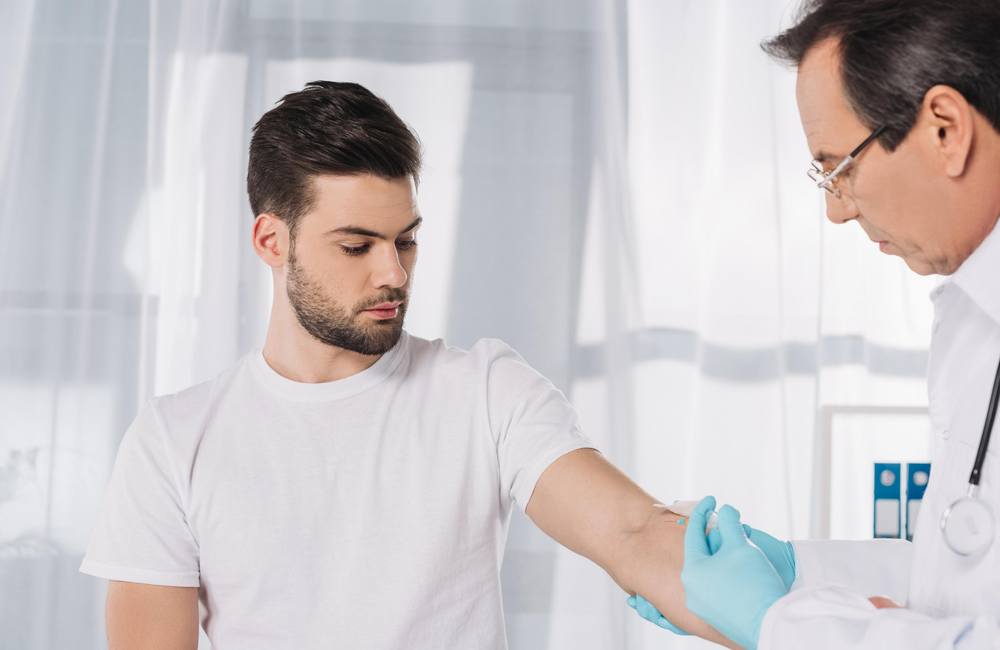Sexually transmitted diseases (STDs) are a significant public health concern, affecting millions of people worldwide. Regular STD check ups are crucial for early detection, treatment, and prevention of these infections. However, many people are unsure about how often they should get tested. This article aims to clarify the recommended frequency of STD check ups based on various factors.
General Recommendations for STD Check Ups
The Centers for Disease Control and Prevention (CDC) provides guidelines on the frequency of STD check ups based on different risk factors. For most sexually active adults, it is advisable to get tested at least once a year. This recommendation applies regardless of whether you have symptoms or not, as many STDs can be asymptomatic.
- Annual Testing: Annual STD check ups are recommended for sexually active adults, particularly those who have multiple partners, new partners, or inconsistent condom use. This helps in the early detection and treatment of infections, reducing the risk of complications and transmission.
- High-Risk Groups: Individuals considered at higher risk, such as men who have sex with men (MSM), people with HIV, and individuals who engage in high-risk sexual behaviors, may require more frequent testing. For these groups, the CDC recommends screening every 3 to 6 months.
- Monogamous Relationships: Even in monogamous relationships, initial testing is recommended when partners become sexually active with each other. This ensures that any pre-existing infections are identified and managed early.
Specific Situations Requiring More Frequent Testing
Certain situations may warrant more frequent STD check ups. Understanding these can help you stay proactive about your sexual health.
- New Sexual Partner: If you have a new sexual partner, it’s advisable to get an STD check up before engaging in sexual activity and again after a few months. This ensures that any infections are detected early, providing a clear status for both partners.
- Symptoms or Exposure: If you experience symptoms such as unusual discharge, sores, or pain during urination, or if you suspect you’ve been exposed to an STD, seek medical advice and get tested immediately. Symptoms might not always appear immediately, so follow-up testing is sometimes necessary.
- After an Unprotected Sexual Encounter: If you’ve had unprotected sex, especially with a partner whose STD status is unknown, getting tested as soon as possible is crucial. It’s also important to follow up after the window period for certain infections, as they may not be immediately detectable.
- Pregnancy: Pregnant women should be tested for STDs during their first prenatal visit. Some infections can affect the baby, so timely detection and treatment are crucial. Additional testing might be needed during pregnancy, depending on risk factors.
- Post-Treatment: After being treated for an STD, it’s often recommended to have a follow-up test to ensure the infection has been fully cleared. This is particularly important for infections like gonorrhea and chlamydia.
The Importance of Regular Testing
Regular STD check ups play a vital role in maintaining sexual health. They help in:
- Early Detection and Treatment: Many STDs can be effectively treated when caught early, reducing the risk of long-term health issues such as infertility, chronic pain, or increased risk of HIV. Early treatment also helps prevent the development of drug-resistant strains of certain infections.
- Prevention of Spread: Knowing your STD status allows you to take appropriate steps to protect your partners, such as using condoms or abstaining from sex until the infection is treated. This awareness is key in preventing the spread of infections within the community.
- Peace of Mind: Regular testing can alleviate anxiety about your sexual health, allowing you to focus on other aspects of your life. Knowing that you are healthy and taking proactive steps can provide significant peace of mind.
- Public Health Impact: On a broader scale, regular testing and treatment reduce the overall prevalence of STDs in the community. This can lead to lower healthcare costs and less strain on public health systems.
Conclusion
Understanding the recommended frequency of STD check ups is essential for maintaining sexual health. Annual testing is generally sufficient for most individuals, but those in high-risk groups or specific situations may need more frequent screening.
Regular check ups are a proactive step in preventing the spread of STDs, ensuring early treatment, and maintaining overall well-being. Make it a priority to schedule your STD check up regularly and encourage your partners to do the same.






